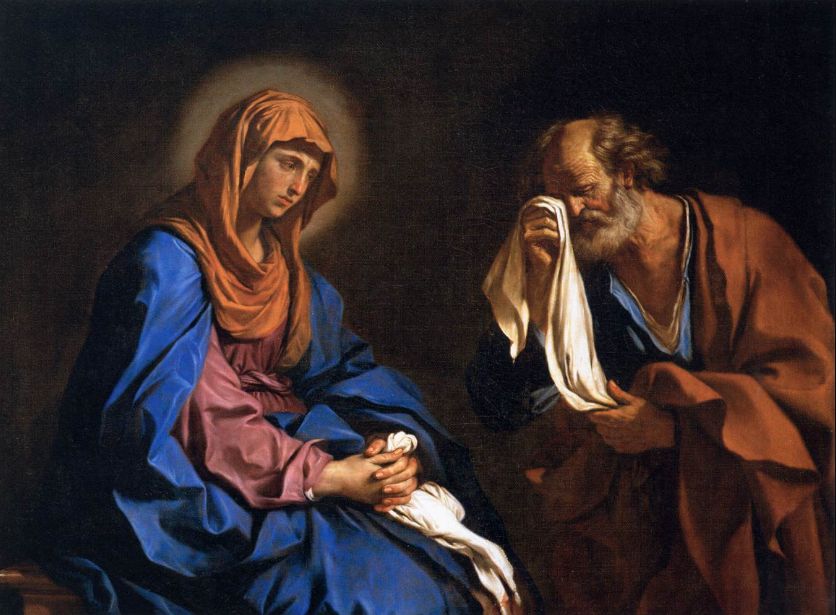Giovanni Francesco Barbieri, nicknamed Guercino (meaning "the squinter"), was a renowned Italian Baroque painter. His artistic career was marked by significant stylistic changes and interactions with contemporary artists. Born in 1591 and passing away in 1666, Guercino's works were widely circulated not only in Italy but also internationally, appealing to collectors around the world.
In his early years, Guercino's works were characterized by rich colors and strong dramatic elements. During this period, his style was heavily influenced by Caravaggio, known for his bold contrasts of light and shadow and realistic techniques. Caravaggio's influence left a profound impact on Guercino, evident in the dynamic and passionate nature of his religious subjects.

However, as time went on, Guercino's style gradually evolved. He began using lighter colors and reducing dramatic intensity, aiming for a softer and more delicate expression. This transition is reflected in a letter he wrote, where he mentioned his desire to satisfy a broader audience by making these changes. Nonetheless, not everyone welcomed this shift. Some collectors continued to favor his earlier, more intense style. For instance, in 1660, a Sicilian collector specifically requested Guercino to create a piece in his early style to complement a work by Rembrandt.

Guercino's admiration for Rembrandt is also noteworthy. In his correspondence, he expressed high regard for Rembrandt's etching techniques, recognizing the emotional and technical prowess in Rembrandt's works. Guercino's graphic works were also widely circulated, almost as much as Rembrandt's, created mainly for his own enjoyment or as sketches for his paintings.
Guercino's sketches showcase his exceptional skill in depicting human figures. His drawings capture natural and lively postures, with models rendered using swift and simple pen strokes, often with a touch of light watercolor. Although these sketches were not considered complete works, Guercino used them as visual notes or teaching aids for his students, and he was reluctant to sell them.

Guercino's artistic career spanned a significant phase of the Baroque period. His stylistic transitions reflect the diverse trends in the art world of his time and the balance artists had to strike between market demands and personal artistic pursuits. Through his handling of color and drama, his works exemplify the richness and complexity of artistic development during that era.
In the grand narrative of art history, Guercino's contributions lie not only in his paintings and prints but also in his exploration and innovation of artistic styles. His works influenced contemporary artists and provided abundant inspiration and reference for future generations. His interactions with Rembrandt and mutual appreciation of each other's works are prime examples of cross-cultural artistic exchanges, highlighting the importance of mutual influence and learning among artists.
As an important painter of the Baroque period, Guercino's career was filled with changes and challenges. By continually adjusting and refining his style, he demonstrated his relentless pursuit of art and deep consideration for his audience. His works are not only witnesses to the artistic development of his time but also important windows for future generations to understand and appreciate Baroque art. Guercino's artistic achievements and contributions to art will undoubtedly be forever etched in the annals of art history.